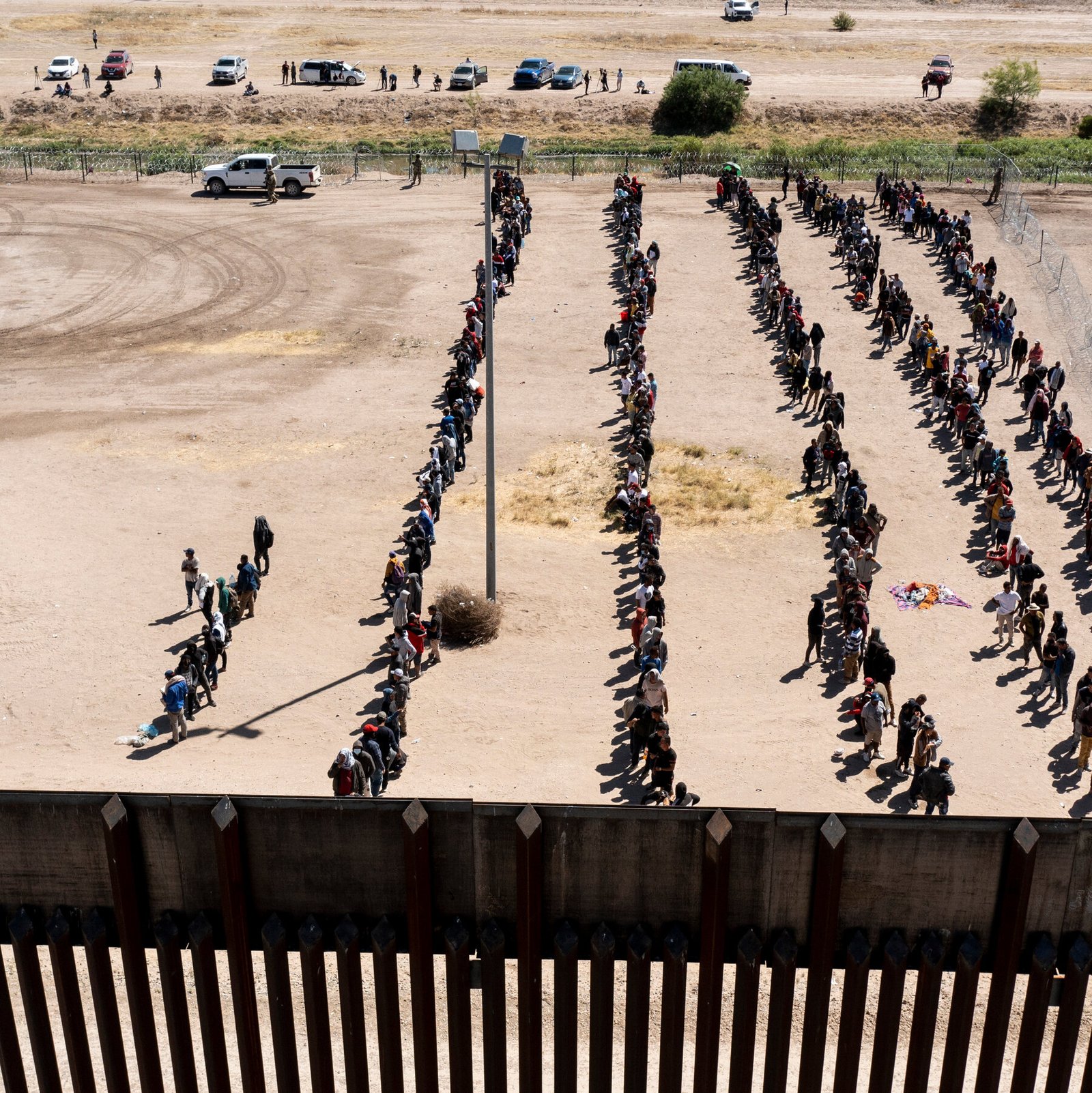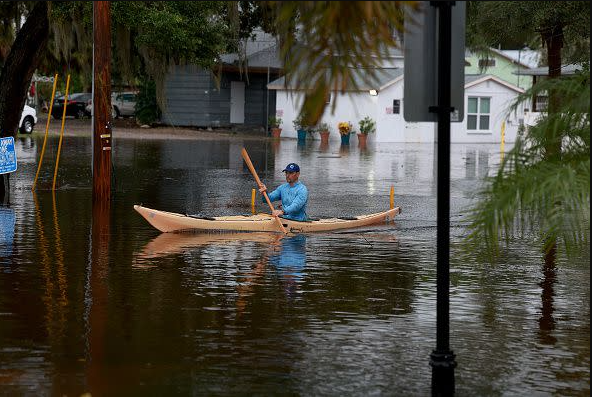It’s not for everyone to enjoy statistics. They can be complicated, dishonest people can cherry-pick what they want, and occasionally they will reveal information that we don’t want to know.
For example, a new statistical analysis has found that major pandemics are far more prevalent than you may assume. In fact, the scientists discovered that there is a 2% chance of a pandemic with the same level of effect as COVID-19 occurring annually.
We each have a 38 percent chance of encountering a major event at least once over the course of our lifetimes, and the odds appear to be worse over time.
The Probability of Another COVID-Level Pandemic Emerging has been calculated by scientists
The most crucial lesson learned, according to global environmental health researcher William Pan of Duke University, is that severe pandemics like COVID-19 and the Spanish flu are comparatively likely.
The group studied the pandemic records going back to the year 1600. They found 476 documented epidemics, roughly half of which had a known number of victims. Approximately 145 were responsible for fewer than 10,000 fatalities, whereas 114 others were there but were not counted.
The analysis does not include infectious diseases that are active at the moment, such as COVID-19, HIV, or malaria.
An intense pandemic, like the Spanish flu of 1918–1920, had a probability of happening somewhere between 0.3 and 1.9 percent year during the previous 400 years, according to the team’s extensive modelling analysis of the data using a generalised Pareto distribution.
The slow decay of probability with epidemic intensity suggests that extreme outbreaks are reasonably likely, the researchers argues in the report. This attribute was previously unknown because of limited observational records and stagnant analysis methodologies.
However, this chance isn’t static either; it’s increasing.
New diseases have been spreading through humans at an increasing rate during the past 50 years.
The most prominent example is SARS-CoV-2, but there have been many more over the past few decades as well, including swine flu, avian flu, Ebola, and many others.
This finding suggests a high probability of observing pandemics similar to COVID-19 (probability of experiencing it in one’s lifetime currently about 38 percent), which may double in coming decades, the team writes.
“Together with recent estimates of increasing rates of disease emergence from animal reservoirs associated with environmental change.”
Therefore, even as we are recuperating from a current outbreak, it’s critical that we not presume that there won’t be another pandemic that has life-altering consequences before long.
In fact, if we play our cards well, our COVID-19 response and resources will set us up for the upcoming pandemic.
According to Pan, “this emphasises the significance of early response to disease outbreaks and creating capacity for pandemic surveillance at the local and global scales, as well as for setting a research agenda to understand why major epidemics are becoming more frequent.”
The next pandemic is coming, if statistics are any indication; let’s just hope we don’t forget the past.
Read Also:
- No Mercy In Mexico Video Footage Leaked On Twitter And Reddit
- Is Elizabeth Jasso Died : What Happened To Her ?













































